
Tooth Sensitivity
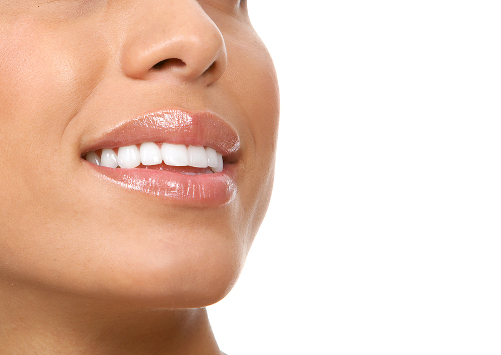
Teeth whitening is the most popular cosmetic dentistry treatment due to its relatively low cost and ease of access. It also has the ability to quickly transform a smile by correcting tooth discoloration issues.
Teeth whitening can be performed professionally in-office by a dentist, or you can opt for the take-home DIY variety which can consist of dentist-prescribed whitening kits or cheaper, lower-peroxide-based over-the-counter whiteners. The primary advantage of an in-office approach is the fact that they use stronger whitening agents which can brighten teeth up to 10 shades. The in-office approach also ensures that your teeth are healthy enough for whitening before treatment since the bleach can be problematic if you suffer from common dental issues like gum disease or decay.
Teeth whitening can be an effective treatment for most surface-level discoloration (extrinsic staining), but it may be less effective in correcting deep-set stains inside the teeth (intrinsic staining). Intrinsic staining may be better treated with a more invasive treatment like dental veneers.
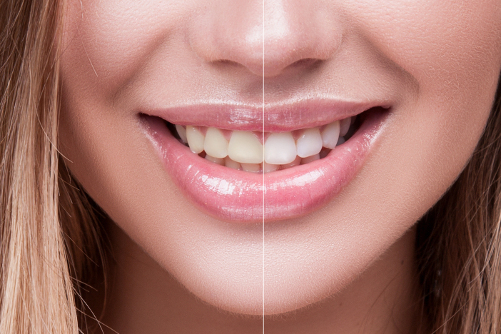
Teeth whitening is the most popular cosmetic dentistry treatment due to its relatively low cost and ease of access. It also has the ability to quickly transform a smile by correcting tooth discoloration issues.
Teeth whitening can be performed professionally in-office by a dentist, or you can opt for the take-home DIY variety which can consist of dentist-prescribed whitening kits or cheaper, lower-peroxide-based over-the-counter whiteners. The primary advantage of an in-office approach is the fact that they use stronger whitening agents which can brighten teeth up to 10 shades. The in-office approach also ensures that your teeth are healthy enough for whitening before treatment since the bleach can be problematic if you suffer from common dental issues like gum disease or decay.
Teeth whitening can be an effective treatment for most surface-level discoloration (extrinsic staining), but it may be less effective in correcting deep-set stains inside the teeth (intrinsic staining). Intrinsic staining may be better treated with a more invasive treatment like dental veneers.
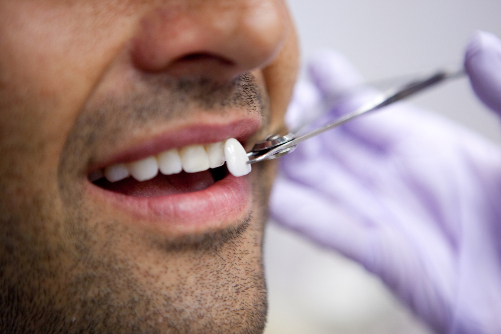
Dental veneers are a popular cosmetic dentistry treatment that can be used to correct common issues like worn enamel, uneven tooth alignment/spacing issues, chips or cracks, or deep-set intrinsic tooth stains. Composed of either porcelain or composite resin materials, veneers are fitted over the facial surfaces of the teeth to transform a smile.
Although veneers are typically viewed as a cosmetic treatment, they do have restorative and functional benefits. They can help correct certain bite issues and are incredibly durable. They also require minimal removal of enamel in order to be fitted as opposed to crowns which are a far more invasive treatment.
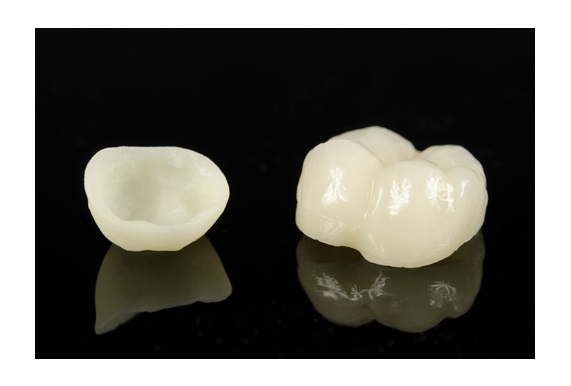
Also referred to as “caps,” dental crowns are used to help preserve the health and functionality of damaged teeth. Chipped or cracked teeth that are unable to be treated effectively with veneers or direct composite bonding can be effectively treated with dental crowns. Crowns are also used as part of tooth restoration procedures like bridges and implants to replace missing teeth.
In order to achieve the most natural look, your dentist will likely take impressions of your teeth so as to appropriately match the size, color and shape of the crown. Crown materials can include porcelain (“all-ceramic”), porcelain fused to metal, and gold.
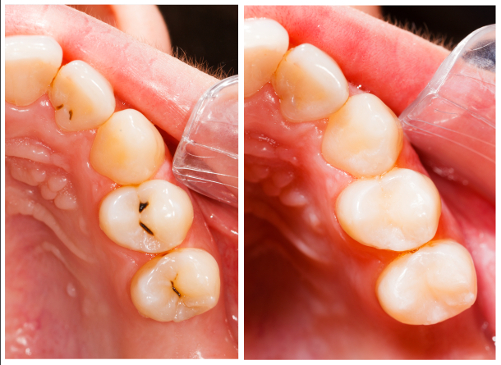
Tooth-colored composite dental fillings are a great alternative for people who don’t want the traditional silver amalgam filling material. In addition to containing potentially harmful metals that include mercury, amalgam fillings can also compromise smile esthetics.
Although amalgam fillings are cheaper and arguably more durable than composite fillings, they may not be covered by your dental insurance plan. More importantly, they are not frequently used anymore because more people opt for the cosmetic, tooth-colored option. In fact, some people even elect to have their older amalgam fillings replaced with more esthetically appealing composite alternatives.

If you’re concerned about the amount of gum tissue on display when you smile, or if you feel like your teeth are too short, then gingival sculpting might be right for you. Gingival sculpting (also called gum contouring) may involve a series of treatments ranging from laser surgery or surgical lip repositioning to orthodontics, maxillofacial surgery (to reposition the jaw) or surgical sculpting of gum tissue. Depending on the severity of your “gummy smile,” your dentist and/or maxillofacial surgeon will work with you to develop an appropriate treatment.
Although gingival sculpting is often used for purely cosmetic purposes, it does have functional and restorative applications. Gum recession is a serious problem that can put you at greater risk of decay and infection as the tooth roots become exposed. Sculpting the gum tissue with grafts can help treat recession and preserve tooth health.
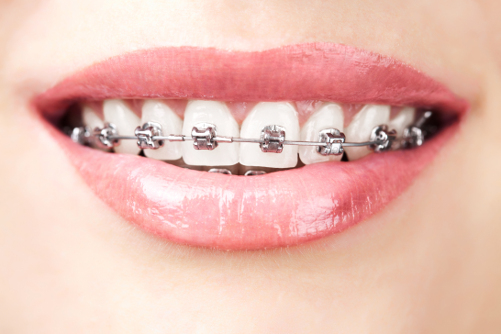
One of the best ways to transform a misshapen smile is with orthodontics. Dental braces can correct a variety of issues including tooth crowding, irregular spacing, protrusions and crookedness. Treatment with dental braces is different from some of the other cosmetic and restorative treatments mentioned because it typically takes significantly more time and can be more of a nuisance process (in the case of traditional wire and bracket braces). However, treatment times have improved dramatically from the days when children would wear braces for three years or longer. Also, there are newer alternatives to the traditional braces approach that may make orthodontic treatment more appealing. This includes things like clear removable aligners (like Invisalign and ClearCorrect) and invisible braces that are fitted on the lingual surface of the teeth.
Orthodontic treatment is often associated with children between the ages of 8 and 14, but adults are opting for orthodontic treatment in greater numbers.
TeamDDS New Carlisle
203 E Lake Ave
New Carlisle, OH 45344
(800) 886-5517
Learn More
Smile Gallery
Amazing Smiles Orthodontics
214 W Airport Hwy
Swanton, OH 43558
(419) 825-3779
Learn More
Smile Gallery
Dental Health Associates
3924 Sylvan Lakes Blvd
Sylvania, OH 43560
(866) 240-7172
Learn More
Smile Gallery
Amazing Smiles Orthodontics
7619 W. Sylvania Ave.
Sylvania, OH 43560
(866) 279-4745
Learn More
Smile Gallery

Tooth Sensitivity

Ask the Expert

Pediatric Dentistry

Oral Health
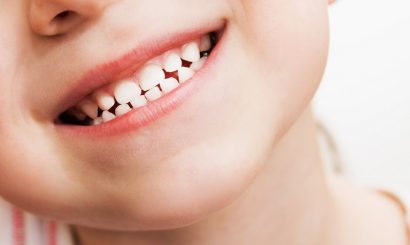
Pediatric Dentistry

Oral Health

Dental Hygiene
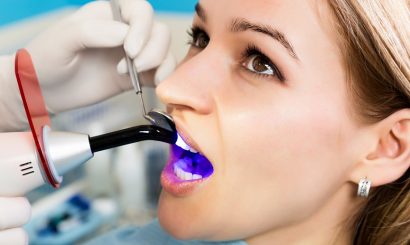
Tooth Restoration

Dental Public Health
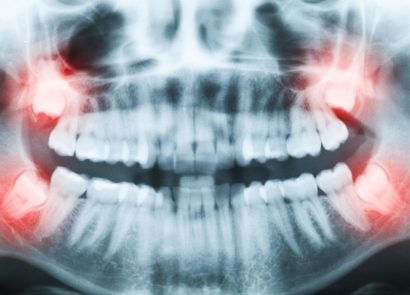
Wisdom Teeth
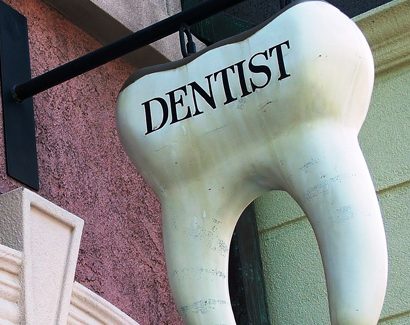
Dentists
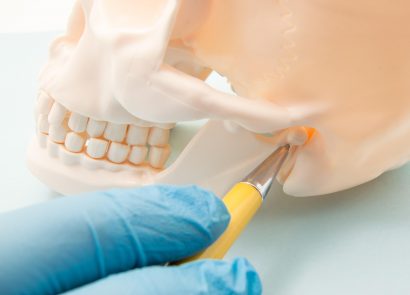
TMJ

Sleep Apnea

Cosmetic Dentistry
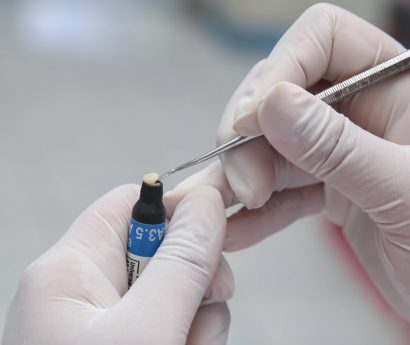
Dental Veneers